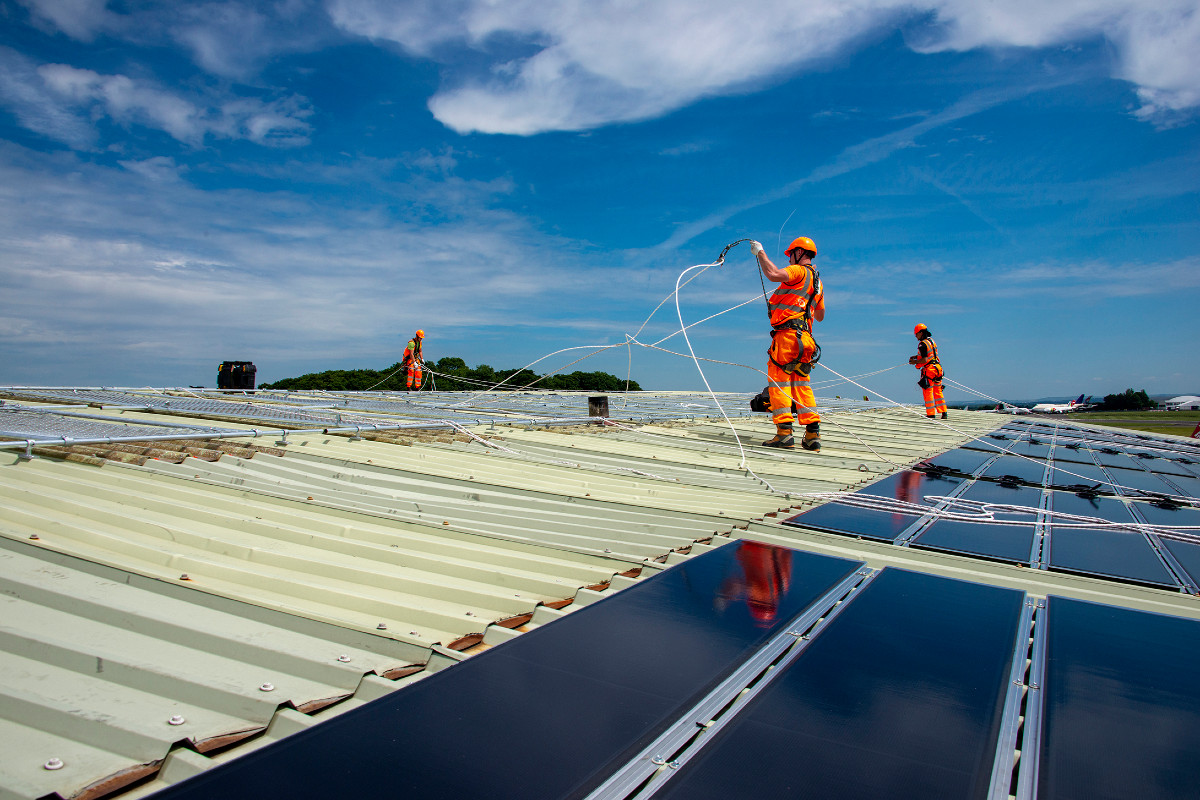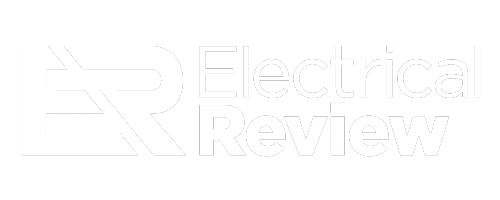Ciaran Cotter, Technical Director at Solivus, believes that combining AI with battery energy storage could unlock radical new possibilities for large-scale commercial facilities, as he explains.
There’s no doubt that it remains an incredibly challenging time for those responsible for the energy management of commercial spaces and industrial facilities. On the one hand, there is the task of realising long-term decarbonisation goals while limiting the impact on current operations. Add to the equation one of the most challenging energy crises of recent times, and this is no longer just about making net zero possible but rather safeguarding against fuel prices and market volatility.
With this, it’s easy to see why many large-scale premises are pivoting to homegrown energy to cut energy costs and drive forward their net zero ambitions – enter the commercial solar revolution.
A bright approach
There are many reasons why recent years have seen more commercial and industrial premises invest in commercial solar.
Foremost, a key appeal here is that the vast, unused, unobstructed roof spaces that house most of our large-scale buildings – such as stadiums, warehouses, manufacturing sites, and the like – offer an ideal blank canvas for solar self-generation. Now, too, thanks to the latest advances in lightweight solar technology, commercial buildings that might not have been able to take the weight of traditional solar now have an alternative.
Also, by embracing solar energy, companies can achieve substantial cost savings. In fact, by fully utilising the available rooftop space, it is estimated that commercial buildings could save £35 billion, with lifetime savings reaching £703 billion. In energy generation terms, that translates to 117 TWh of electricity annually. That’s enough to power approximately 30 million homes for a year – more than the number of households we currently have in the UK.
Crucially, too, the Department for Energy Security and Net Zero sees commercial solar as vital to its clean power mission. To that end, the government-industry Solar Taskforce continues to point to the ‘untapped potential’ of commercial solar.
Full power ahead
But there’s more. More recently, thanks to the latest technological advancements, AI is emerging as a game-changer in its ability to enhance and streamline commercial solar operations, making solar self-generation even more viable and sustainable than ever before.
To understand more, let’s first consider the intermittent nature of solar self generation. As we all know, weather-dependent solar energy sources are highly variable and difficult to predict. To address this many businesses will combine on-site solar with battery energy storage to allow them to store and utilise energy efficiently, reducing demand on the grid during peak charging times and making more remunerative use of their energy. When partnered with an energy management system (EMS) with monitoring and diagnostics, further benefits come in the opportunity for operators to optimise power production by leveraging peak shaving, load-lifting, and maximisation of self-consumption.
As we look to the future of commercial real estate, the integration of data, machine learning and AI is set to take the commercial solar self-generation opportunity to a whole new level of smart operation.
Inherently, battery energy storage systems can be complex to run because of the wide range of variables involved. For large energy storage projects around the clock, operators will need to keep abreast of everything from solar outputs, weather conditions and seasonality, through to wider market intelligence and demand expectations, using this insight to decide when to charge and discharge the battery in real-time.
The application of AI has the ability to change this. By enabling the ongoing management and analysis of all these highly complex variables in real-time through machine learning, the integration can deliver a much more effective large-scale solar operation.
Armed with this real-time intelligence, it will become easier for battery management systems to maximise the use of solar energy and bring down peak loads, providing immediate benefits in terms of cost and reliability. As well as increasing renewable integration, the ability to gain better information on consumption as well as supply, also means power flows can be optimised in real-time. It also enables lower operational costs through the ability to detect, isolate and address issues before they escalate, reduce repair time and improve asset optimisation.
As technology advances and costs continue to decline, the distinction between energy consumption and production will continue to merge. More businesses are expected to embrace the prosumer role, leveraging self-generation not only to achieve greater financial benefits but also to actively contribute to the global shift toward sustainable energy systems.
In the not too distant future, the electrical grid we know now will transform from a traditional generation and transmission infrastructure – where utilities simply ‘sell’ and end-users ‘buy’ – into a dynamic ecosystem. This system will integrate diverse participants, including asset owners, service providers, large scale industrial and commercial operators and government, all working together to ensure the delivery of reliable, secure, and clean energy.
Energising the transition
There is no disputing the integral role that commercial solar is already playing in our new energy future. In the not-too-distant future, the evolution of AI as part of a battery energy storage system-enabled solar system will drive an even greater step change in innovation, enhancing efficiency, optimising storage, and enabling autonomous operations. Though we are still in the early days, the synergy between AI and solar will make solar energy more efficient, more reliable, and more cost-effective – helping to propel us one step further in the global energy transition.


